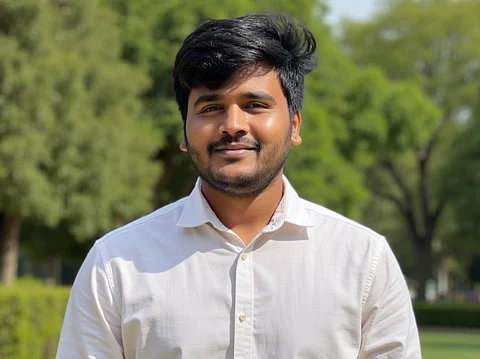

It will get harder to tell true from false as virtual reality (VR) and mixed reality (MR) grow in use. As VR and MR come together to enrich experiences of individuals, ensuring smooth user experiences has become a critical focus for developers and testers. Keeping these systems running well calls for strict tests to check that programs work right, boost speed, and verify device fit. Santosh Kumar Jawalkar, who validates VR and MR software, spends his time helping these systems run well across platforms.
One of Jawalkar's key contributions has been ensuring the quality and stability of VR and MR device software through rigorous testing and debugging. With the wide range of hardware configurations in the market, he has had a pertinent role in incorporating mixed reality into software solutions while ensuring compatibility across different ecosystems. His work with development engineers has bridged the gap between hardware and software so that applications run smoothly on any device/platform.
In his work, Jawalkar has played a crucial part in working on strategic roadmap assignments, providing integrations of the systems as a whole while dealing with interfacing functions. Through recognizing workflow inefficiencies, he has made suggestions that have enhanced software development and testing procedures. He also worked to create and test complex features such as Augmented Reality to add more functionality and experience to the customers.
Strong testing mechanisms are needed to deploy MR and VR systems. By applying structured regression testing approaches, software deployment problems have been reduced by 20%. Further, by triaging and conducting root cause analysis of reported issues, Jawalkar has ensured quicker resolution, guaranteeing software stability even in real-time scenarios in QA capacity.
He developed fresh systems while simultaneously debugging Jetty deployment issues along with the engineering and QA teams for expedient solutions. Similarly, by working with cross-functional teams, he analyzed and resolved complex software defects and ensured robust communications along the QA process.
Beyond hands-on testing, Jawalkar has actively contributed to research in the field of AR/VR. His publications, including End-to-End Testing of Multi-User AR/VR Experiences and AI-Driven Bug Hunting: Leveraging Machine Learning for Predictive Defect Detection in AR/VR, explore innovative testing methodologies for immersive environments. His research on Adaptive Testing for Real-Time Object Recognition in AR Applications and Intelligent Edge Testing: Ensuring Performance and Reliability in AR/VR Devices with Edge AI, highlights the need for performance and reliability assurance in edge AI-powered VR and MR devices.
When asked about the current trends, Jawalkar emphasizes the necessity of distributed testing as VR and MR deployments become more widespread. Given the dynamic nature of these environments, the testing frameworks must accommodate diverse hardware and network conditions to maintain consistent performance across platforms. He also points out the increasing importance of accessibility testing as immersive technologies gain mainstream adoption, ensuring that experiences remain inclusive for users with varying needs and environments.
Another critical aspect of software testing, according to Jawalkar in VR and MR, is the integration of formal verification techniques, especially for safety-critical applications. With VR and MR being implemented in sectors such as healthcare, aviation, and industrial training, the reliability of core system components becomes important. Testing methodologies will be required to uphold system integrity, reliability and minimize the risk of failures in mission-critical scenarios.
The more the scenario surrounding the VR and MR keeps advancing, the more rigorous software testing will prove its worth. Santosh Kumar Jawalkar's work in quality assurance and research is moving the test improvement process forward, such that the use of these technologies can deliver the experiences they were designed to deliver. He broadens the frontiers of software testing to enhance reliability in VR and MR, where performance remains a byproduct of innovation.
